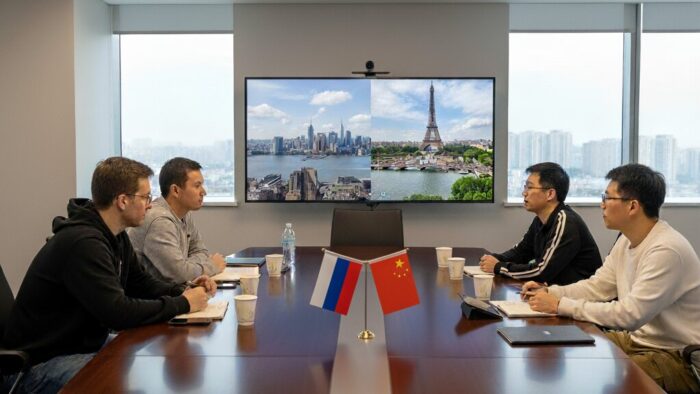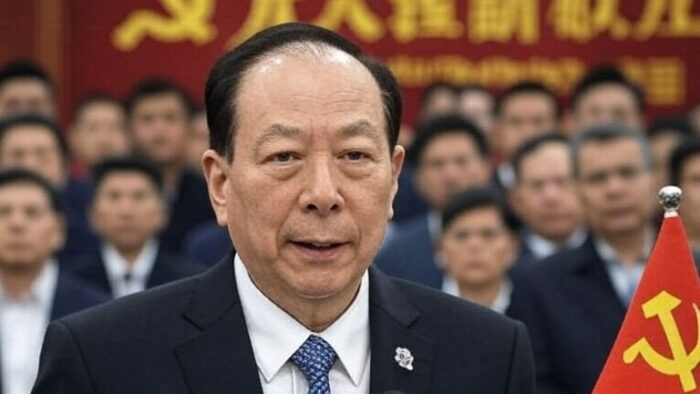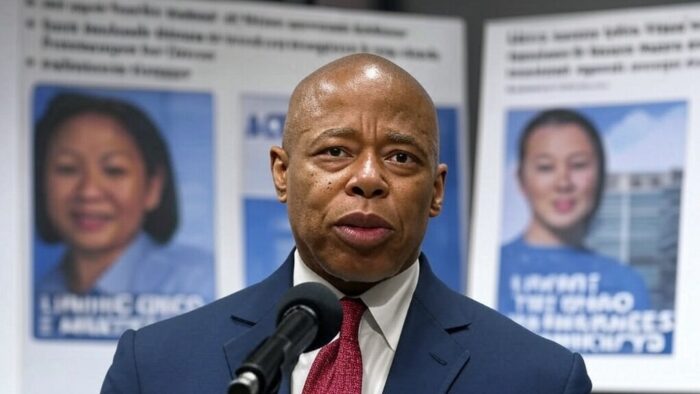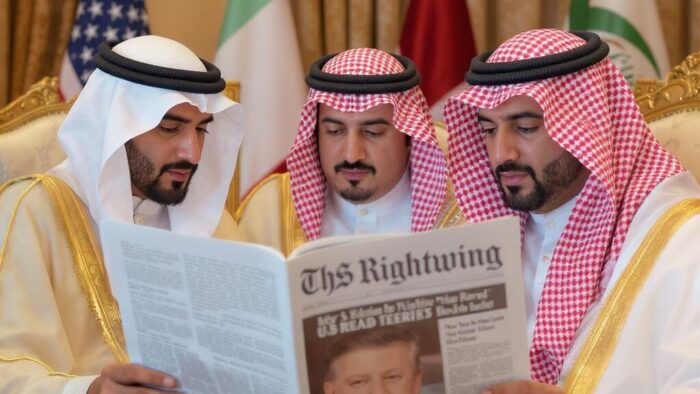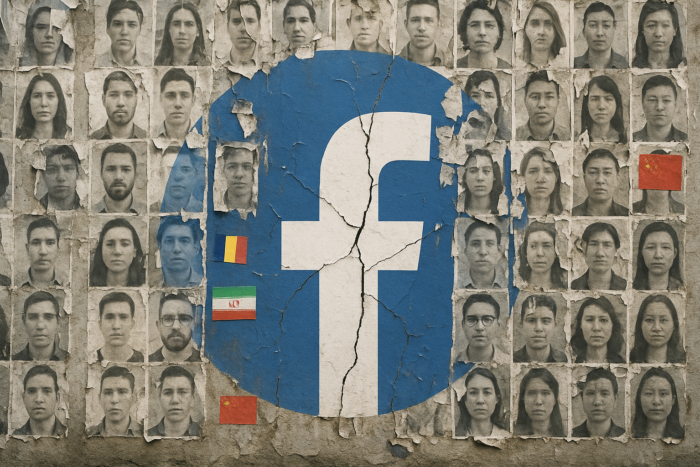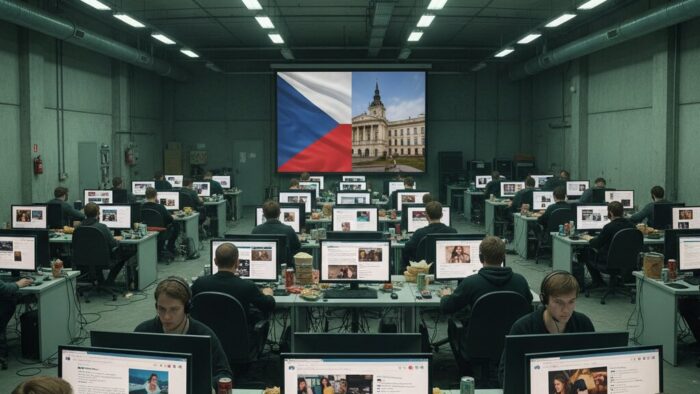Chinese influence operations in the Czech Republic’s investment networks to acquire media holdings and cultivate political relationships during the pro-engagement era under President Miloš Zeman. On 10 November 2025, the Atlantic Council reported that CEFC China Energy’s chairman became Zeman’s economic adviser while the company acquired stakes in prominent Czech media outlets, with investigations raising concerns over opaque financing and political influence before CEFC was absorbed by state-owned CITIC Group, giving Beijing indirect control over key Czech media holdings. The article begins:
Although Czechia emerged as one of the EU’s early hawks and whistleblowers on China, its overall stance has shifted markedly over the past two decades—oscillating between engagement and balancing. These fluctuations were largely driven by domestic political divisions and sustained Chinese influence efforts. Controversies surrounding Chinese investments accelerated Czechia’s rise as a leading advocate of economic security and “de-risking.” Over the past decade, its approach has alternated between neglect and assertiveness in response to political shifts, economic pressures, and changing perceptions of China’s role in Europe.
Key Points
- CEFC China Energy chairman Ye Jianming became President Zeman’s economic adviser while the Shanghai-based conglomerate, reportedly linked to the Chinese Communist Party, acquired stakes in Czech Airlines, Lobkowicz Brewery, soccer club SK Slavia Prague, advertising firm Médea, and several landmark Prague properties.
- After CEFC chairman Ye was detained in China in 2018 for alleged economic crimes, the company was absorbed by Chinese state-owned CITIC Group, giving Beijing indirect control over key Czech media holdings acquired through the influence network.
- PPF Group, led by billionaire Petr Kellner, channeled Chinese investments into Czech telecommunications, finance, and media, with coverage in PPF-friendly media often portraying Chinese investment favorably while adopting critical tones toward the United States and EU.
- Czech intelligence annual reports consistently flagged China as a source of espionage and influence operations, highlighting Chinese use of academic and business channels to cultivate access and political relationships within Czech institutions.
China’s Influence Operations in Eastern Europe: Universities, Media, and Elite Capture
Chinese influence operations in Eastern Europe face mounting restrictions as geopolitical tensions reshape regional dynamics. Romania cancelled a $1.5 billion deal with China to build nuclear reactors in 2020, while Poland, the Czech Republic, Romania, and Estonia moved to restrict Huawei’s telecommunications operations. The region increasingly voices criticism of China’s policies on national minorities, Hong Kong, and human rights.
Despite these restrictions, China expanded its presence through Hungarian and Serbian universities with strategic educational partnerships. Hungary’s plan to host a Fudan University campus using Chinese financing sparked domestic backlash over academic freedom concerns. Three Serbian universities signed cooperation agreements with Shanghai’s Jiao Tong University in 2018, establishing frameworks for student exchanges and scholarships. Carnegie Endowment research notes these partnerships represent systematic efforts to cultivate elite relationships in business, politics, and academia.
Propaganda laundering operations demonstrate China’s adaptation to local contexts. China Radio International collaborated with Czech alternative media outlet AC24 to publish dozens of anonymous articles defending Beijing’s Xinjiang policies. Articles appeared first on CRI before republication on AC24, creating the appearance of independent Czech coverage while concealing their Chinese origin. The Diplomat described this as part of China’s broader approach of cooperating with fringe Western media outlets aligned with its foreign policy objectives.
Academic intimidation tactics emerged when Slovakia’s Confucius Institute director threatened a local China expert following publication of research exposing 113 links between Slovak institutions and Chinese entities. The director sent menacing messages after the Central European Institute of Asian Studies released findings documenting Chinese academic presence across 23 Slovak universities.
Institutional influence extends through China’s growing network of European think tanks and lobbying organizations identified in a 2019 Corporate Europe Observatory investigation. The 16+1 Think Tank Network brings together Central and Eastern European countries to promote the Belt and Road Initiative. CEPA analysis reveals China strategically targets political and economic elites while exploiting gaps in infrastructure funding, particularly in countries outside major Western institutions.
External References:
• China’s Influence in Southeastern, Central, and Eastern Europe: Vulnerabilities and Resilience in Four Countries — Carnegie Endowment for International Peace
• Countering China’s Influence Campaigns at European Universities — The Diplomat
• Getting Ahead of the Curve: Chinese Influence in Central and Eastern Europe — CEPA
Disclaimer: The Global Influence Operations Report (GIOR) utilizes AI throughout the posting process, including the generation of summaries for news items, introductions, key points, and, often, the “context” section. We recommend verifying all information before use. Additionally, all images are generated using AI and are intended solely for illustrative purposes. While they represent the events or individuals discussed, they should not be interpreted as real-world photography.



